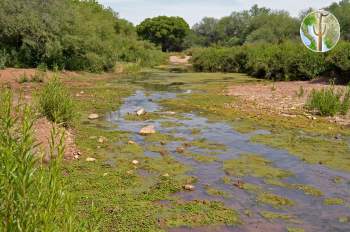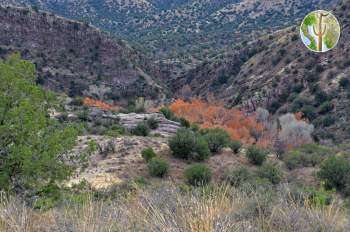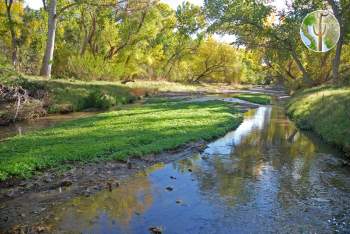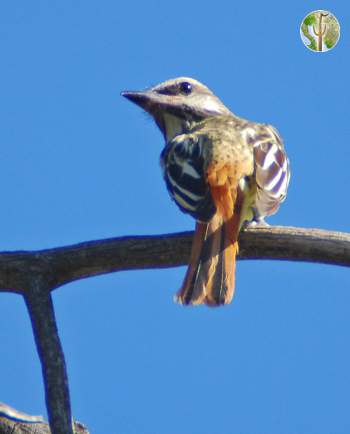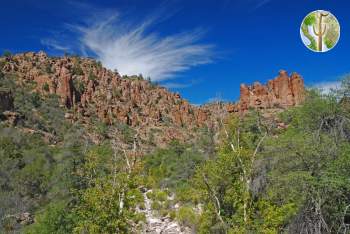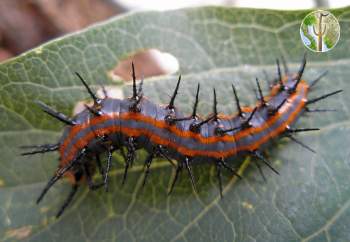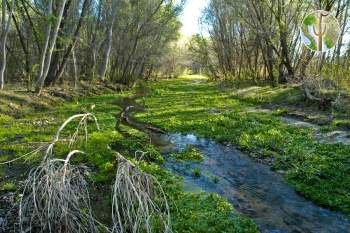Rio Altar, Sonora
Rio Altar near Oquitoa, Sonora around 2013. The Rio Altar is the westernmost Sonoran creek with perennial water, until the Rio Sonoyta, which has very little, if any, perennial water left.
This valley has had small-scale agriculture for many decades, but recently started seeing huge nut tree farms by big ag, which could spell doom for the surface water and groundwater, and potentially some of the riparian gallery forests as well. There are still large stretches of cottonwood and willows forests that depend on the shallow groundwater of this valley bottom.

